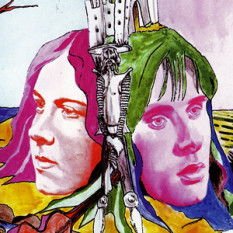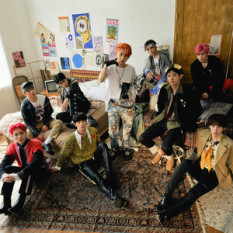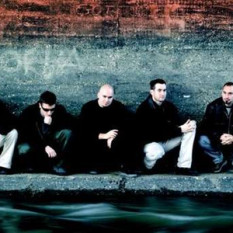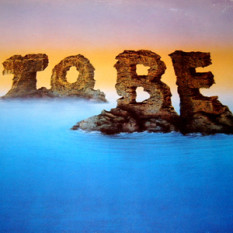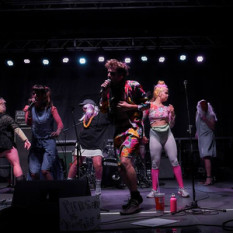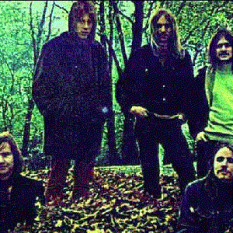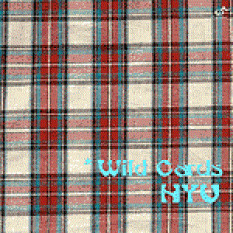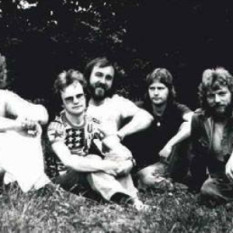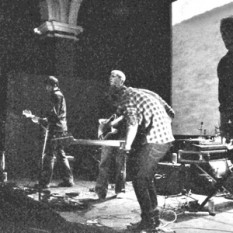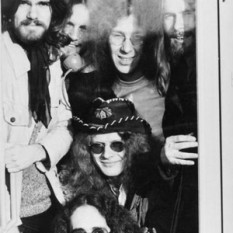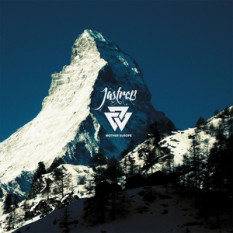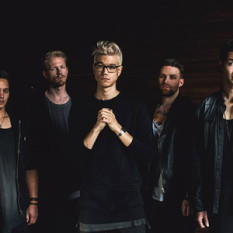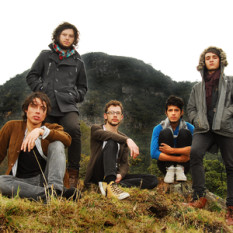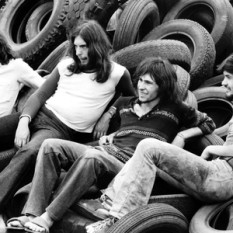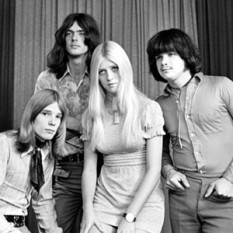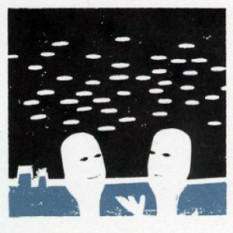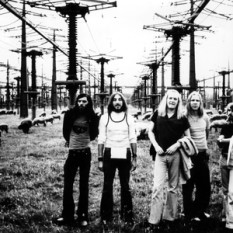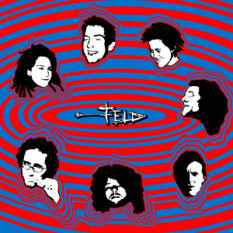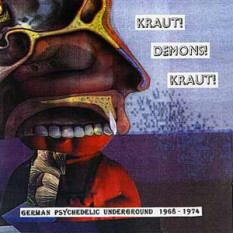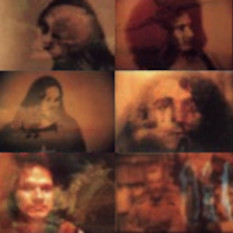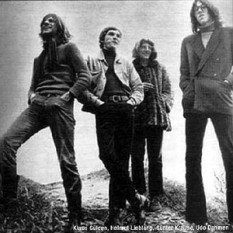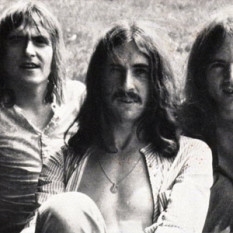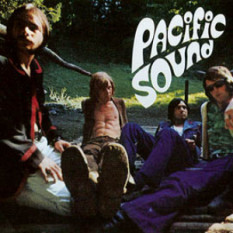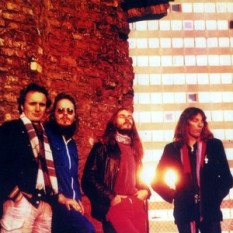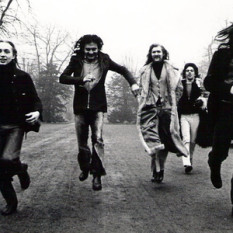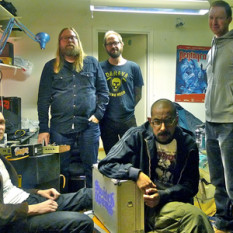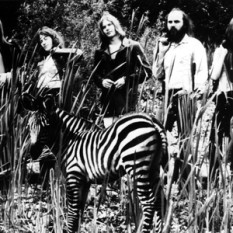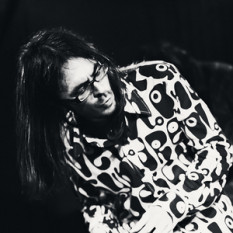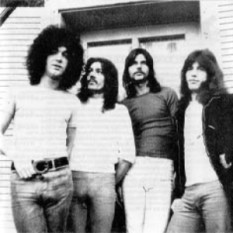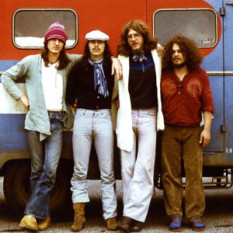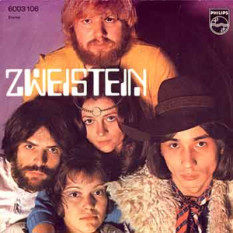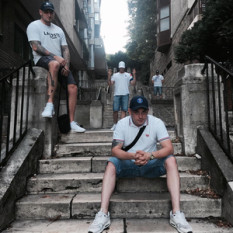Krautrock is a generic name for the experimental music which appeared in Germany in the late 1960s and gained popularity through the 1970s. The word is derived from the ethnic slur, "Kraut," which had been used during World War II to refer to the German people and/or soldiers, based on the use of sauerkraut as a staple in their cuisine. The term was originally one coined by the UK music press (such as New Musical Express and Melody Maker), but the term found an early and enthusiastic underground following.
As is often the case with musical genre labels, few of the bands concerned wished to see themselves pigeon-holed and, therefore, tended to eschew the term.
Characteristics
Krautrock is an eclectic and often very original mix of Anglo-American post-psychedelic jamming and moody progressive rock, mixed with ideas from contemporary, experimental classical music (especially composer Karlheinz Stockhausen, with whom Irmin Schmidt and Holger Czukay of Can had previously studied) and from jazz's new, experimental directions during the 1960s and 1970's. Moving away from the patterns of song structure and melody used in much of American and British rock, some in the movement drove the music to a more mechanical and electronic sound. The key component characterizing the groups gathered under the term is the synthesis of Anglo-American rock-and-roll's rhythm and energy with a decided will to distance themselves from specifically American blues origins. Instead, they drew on German or other sources. Jean-Hervé Peron of Faust: "We were trying to put aside everything we had heard in rock 'n' roll: the three-chord pattern, the lyrics. We had the urge of saying something completely different.”
Bands typically dubbed "krautrock" in the 1970s included: Tangerine Dream, Faust, Can, Amon Düül II, Ash Ra Tempel, plus others also associated with the celebrated Cologne-based producers and engineers Dieter Dierks and Conny Plank, such as Neu!, Kraftwerk and Cluster. Bands such as these were reacting against the need to develop a radically new musical aesthetic and cultural identity for the post-WWII. Many of these groups began their musical careers with little or no awareness of (or interest in) rock and roll; exposure to the increasingly radical and innovative music of, in addition to the Velvet Underground, the Silver Apples, Frank Zappa, Jimi Hendrix, or the Beatles, for example, led members of groups like Can or Kraftwerk to embrace popular music for the first time.
The signature sound of krautrock mixed rock music and "rock band" instrumentation (guitar, bass, drums) with electronic instrumentation and textures, often with what would now be described as an ambient music sensibility. A common rhythm featured in the music was a steady 4/4 beat, often called "motorik" in the Anglophone music press.
History
By the end of the 1960s, the American and British counterculture and hippie movement had moved rock towards psychedelia, heavy metal, progressive rock and other styles, incorporating, for the first time in popular music, socially and politically incisive lyrics. The 1968 German student movement, French protests and Italian student movement had created a class of young, intellectual continental listeners, while nuclear weapons, pollution, and war inspired protests and activism. Avant-garde music had taken a turn towards the electronic in the mid-1950s.
These factors all laid the scene for the explosion in what came to be termed krautrock, which arose at the first major German rock festival in 1968 in Essen. Like their American, British and international counterparts, German rock musicians played a kind of psychedelia. It was however, strikingly innovative as a fusion of psychedelia and the electronic avant-garde. That same year, 1968, saw the foundation of the Zodiak Free Arts Lab in Berlin by Hans-Joachim Roedelius, Boris Schaak and Conrad Schnitzler, which further popularized the psychedelic-rock sound in the German mainstream. Originally Krautrock was a form of Free art, which meant that Krautrock bands gave their records away for free at Free Art Fairs.
The next few years saw a wave of pioneering groups. In 1968, Can formed, adding jazz to the mix (and in that way the krautrock scene can be seen to parallel the emerging Canterbury scene in England at the same time), while the following year saw Kluster (later Cluster) begin recording electronic instrumental music with an emphasis on static drones. In 1970, Popol Vuh became the first krautrock group to use an electronic synthesizer, to create what would be known as "kosmische musik". The bands Tangerine Dream (formed in 1967), Ash Ra Tempel, and Cosmic Jokers (all linked by collaboration with Klaus Schulze), would follow suit in the years to come. Faust also made use of synthesizers and tape manipulation in a way foreshadowing the noise rock of the future.
In 1972, two albums incorporated European rock and electronic psychedelia with Asian sounds: Popol Vuh's In den Gärten Pharaos and Deuter's Aum. Meanwhile, kosmische musik saw the release of two double albums, Klaus Schulze's Cyborg and Tangerine Dream's Zeit (produced by Dieter Dierks), while a band called Neu! began to play highly rhythmic music. By the middle of the decade, one of the most well-known German bands, Kraftwerk, had released albums like Autobahn, Radioaktivität ("Radio-Activity" in English), and Computerwelt ("Computer World" in English), which laid the foundation for electro, techno and other styles later in the century.
The release of Tangerine Dream's Phaedra in 1974 marked a divergence of that group from Krautrock to a more melodic sequencer-driven sound that was later termed Berlin School. In that same year Klaus Schulze delivered one more LP of pure Krautrock, Blackdance, and began to release more hypnotic versions of what TD was doing. .

